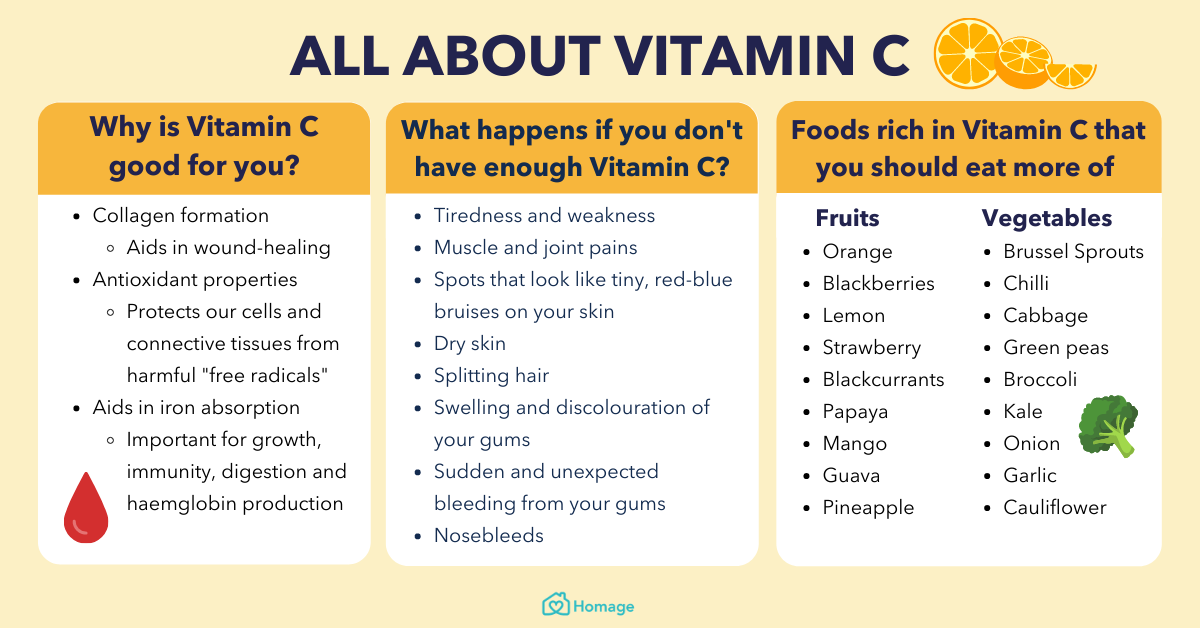By Charalampos Karouzos,
Vitamin C is the most well-known vitamin and surely the most advertised one. It is generally considered a panacea for everything disease-related, especially for colds. Numerous people supplement regularly with vitamin C without considering the presence of the vitamin in many different everyday foods; only in very rare cases nowadays do individuals have low levels of vitamin C. However, excessive vitamin C supplementation is not prevented by medical professionals, as its significant low cost, and the public belief in its properties force the supplementation. Indeed, vitamin C levels must be maintained within the normal range, but recent studies suggest that the role of the vitamin is more complicated than previously thought.
Historically, vitamin C has been associated with the development of scurvy (vitamin C deficiency) in sailors. It was considered one of the main limiting factors to a long-sea voyage, as it was hard to get a steady supply of fresh fruit and vegetables, the lack of which — as known nowadays — caused the sailing crew to develop scurvy and die. Sailors knew at the time that citrus fruits could prevent scurvy, but the reason was unknown until vitamin C discovery in 1932. The most recent outbreak of scurvy was in 2002 during the Afghanistan war, as the country’s inhabitants were malnourished due to the socio-economic state of the country at the time. Although scurvy was an important cause of death for many centuries, with around 2 million deaths in sailors, in recent times it has become a very rare condition associated with extremely restricted diets.

Vitamin C, or ascorbic acid, is a water-soluble vitamin. This means that it dissolves in water and is delivered to the body’s tissues, but it is not well-stored, so it must be taken through food or supplements on a regular basis. Vitamin C physiologically plays a role in controlling infections and healing wounds and is a powerful antioxidant that can neutralize harmful free radicals that cause damage to tissues. It is needed to make collagen, a fibrous protein in connective tissue, the most abundant human protein, holding an essential structural role in all the tissues. Also, the vitamin helps make several hormones (mainly norepinephrine) and plays a role in maintaining dental and oral health.
It can be easily observed that low levels of vitamin C are linked with various pathologies, therefore supplementation seems like a straightforward solution. However, a holistic view of the issue unveils a more complicated scene. Firstly, the daily recommended amount of vitamin C is 90 mg for men and 75 mg for women, with slightly higher values for smokers and pregnant women. However, if you notice the dosage of the vitamin in most store-bought supplements, the amount can range from 80mg to 2000 mg! The upper tolerable limit for vitamin C in humans is in fact 2000 mg, above which gastrointestinal distress can occur. Nevertheless, studies have shown that absorption of vitamin C decreases to less than 50% when taking amounts greater than 1000 mg. In general, for healthy adults, mega-doses of vitamin C are not toxic because, once the body’s tissues become saturated with vitamin C, absorption decreases and any excess amount will be excreted in the urine.

Though adverse effects are possible with intakes greater than 3000 mg daily, including reports of diarrhea, increased formation of kidney stones in those with existing kidney disease or history of stones, increased levels of uric acid (a risk factor for gout), and increased iron absorption and overload in individuals with hemochromatosis, a hereditary condition causing excessive iron in the blood.
Absorption does not differ if obtaining the vitamin from food or oral supplements. In special cases, vitamin C is given as an injection into a vein (intravenous) so the supraphysiological concentration of the vitamin can be reached. This is medically important as novel clinical studies have associated intravenous administration of 2g-3g of vitamin C per day with a better outcome in critically ill patients. These patients have deficient plasma concentration of the vitamin due to its depletion by enzymes and radicals, overconsuming the vitamin. Especially in the case of sepsis and ischemia-reperfusion injury, the administration of vitamin C or a combination of vitamin C/Thiamine/Hydrocortisone has been linked to significantly better outcomes and decreased percentage of death in these groups.

However, adverse effects of the pharmacological doses of vitamin C have been encountered including oxalate nephropathy (kidney disease), the pro-oxidative activity of vitamin C, and false factitious hyperglycemia measurements. Moreover, our current understanding of pathophysiology and cancer development links low levels of vitamin C with increased cancer development under certain circumstances, as ischemia levels and the activation of HIF (Hypoxia Inducible Factor) are associated with cancer promotion; but more research must be performed in the topic.
Vitamin C is involved with numerous metabolic reactions in the body and obtaining the RDA (Recommended Daily Amount) or slightly higher may be protective against certain disease states. However, no clinical benefits have been shown for the consumption of vitamin C above the recommended dietary allowance. Cell studies have revealed that at very high concentrations, vitamin C can switch roles and act as a tissue-damaging pro-oxidant instead of an antioxidant. Vitamin C consumption may also predispose to oxalate accumulation in those with impaired renal function and it is possible that vitamin supplements may have local effects such as erosion of teeth. Additionally, regarding the publicly believed association between cold prevention and vitamin C levels, in normal individuals, there are no data linking the two. Only in those who underwent excessive exercise, such as Marathon runners, the risk of cold was halved with vitamin C supplementation. Treatment of common cold with vitamin C is ineffective.
Concludingly, vitamin C plays an important role in the tissues having a plethora of different functions, thus normal levels must be maintained to achieve a healthy state. Consumption of five servings of a variety of fruits and vegetables a day will provide ample amounts of vitamin C (approximately 200-250 mg of vitamin C) along with all the other benefits of fruit and vegetable consumption, hence supplementation is not pointless. In fact, the expected to reach of 2026 $1.5 billion business of vitamin C is mostly needless, and although more data and wide-scale clinical studies are needed to enhance the currently available data, there is no benefit to population-wide supplementing of the vitamin and indeed in some cases, it can even be harmful to individuals.
References
- Sebastian J Padayatty, Mark Levine, Vitamin C physiology: the known and the unknown and
Goldilocks, Oral Dis., 2017 - Angélique M.E. Spoelstra-de Man, Paul W.G. Elbers, Heleen M. Oudemans-Van Straaten, Vitamin C: should we supplement?, Current Opinion, 2018




